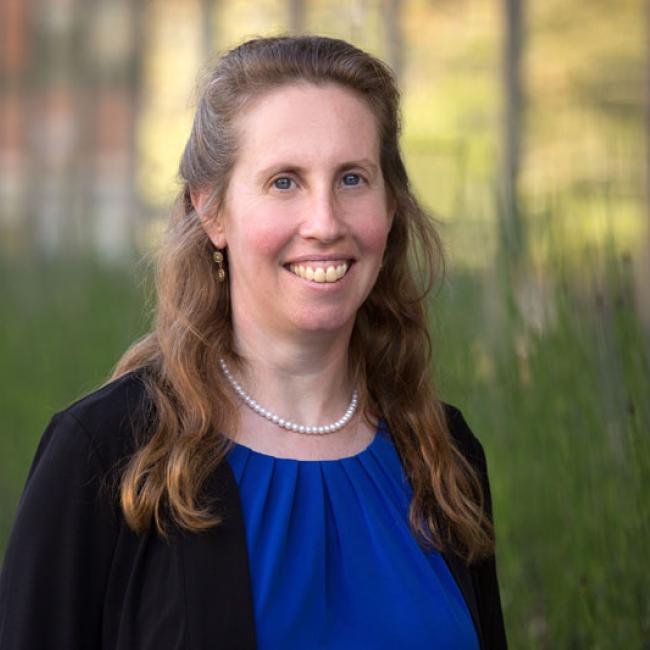UCLA scientists discover how adult stem cell regulation contributes to lung cancer
UCLA researchers led by Dr. Brigitte Gomperts, member of the Eli and Edythe Broad Center of Regenerative Medicine and Stem Cell Research have discovered how factors that regulate growth of adult stem cells that regenerate tissue for repair in the lungs can lead to the formation of pre-cancerous lesions. This process is thought to be the first stage in the development of lung cancer.
The study was published online on June 19th in the journal Cell Stem Cell.
In the three-year study, Gomperts collaborated with Drs. Manash Paul and Bharti Bisht, postdoctoral scholars and co-lead authors of the study. Their findings show potential for new personalized treatments for lung cancer, which is the deadliest form of the disease (responsible for an estimated 29 percent of all cancer deaths per year in the United States).
Adult stem cells are present in lung airways specifically to repair the airways after injury or disease (such as from smoking, pollution or a virus). This study showed that this reparative process is tightly regulated by molecules called reactive oxygen species, or ROS.
Recent research has shown that low levels of ROS are important in signaling to the stem cells to perform important cellular functions such as dividing and repairing, while the presence of high levels of ROS can prove toxic to stem cells and cause them to die. It has been controversial as to what level of ROS is needed for repair to be initiated. This study showed that it is the dynamic flux of ROS from low to moderate levels in the airway stem cells that drives the repair process. Furthermore the study showed that the increase in ROS levels in the repairing cell is quickly reduced to low levels to prevent excessive cell proliferation.
Gomperts’ lab found that disrupting this normal regulation of ROS back to low levels is equivalent to pulling the brakes off of the stem cells—they will continue to make too many of themselves and not mature, and instead become pre-cancerous lesions. As cancer is thought to develop in steps, subsequent progressive genetic changes to the cells in these lesions over time can eventually allow cancerous tumors to form.
“Low ROS is what keeps stem cells in a ready state so that your body is poised and ready to respond to injury and repair,” said Gomperts, Associate Professor in the Department of Pediatrics at UCLA. “Loss of this ROS regulation leads to precancerous lesions. Now, with this pre-cancerous model in place, we can begin looking for what we call driver mutations, or those specific changes that take the pre-cancerous lesions to full-blown cancer.”
There are many exposures that can cause an increase in ROS in airway stem cells, such as cigarette smoke, smog and bacteria that can drive this pre-cancerous state. “There are likely multiple ways for a patient to get to a pre-cancerous lesion so the process could be different amongst different groups of people,” explained Gomperts. “Imagine a personalized way to identify what pathways have gone wrong in a patient, so that we could target a therapy to that individual.”
By developing new techniques to find effective drug molecules, such as high-throughput screening systems to screen large libraries of compounds, future research has great potential to prevent pre-cancerous lesions from developing, leading to revolutionary new cancer prevention strategies.
“Our study is important because it sheds light on how lung cancer can form and this will hopefully lead to new therapies for this terrible disease,” added Paul.
The study also unifies the work of the research community, as it finally identifies specifically how ROS affects the proliferation of stem cells.
“There have been studies that have looked at ROS and stem cells before, but we now know that the transition from low to high ROS levels and back down again is the true signaling message to stem cells,” said Bisht. “It is also potentially true for a number of different stem cells in the body. It solves a lot of controversy in the field.”
